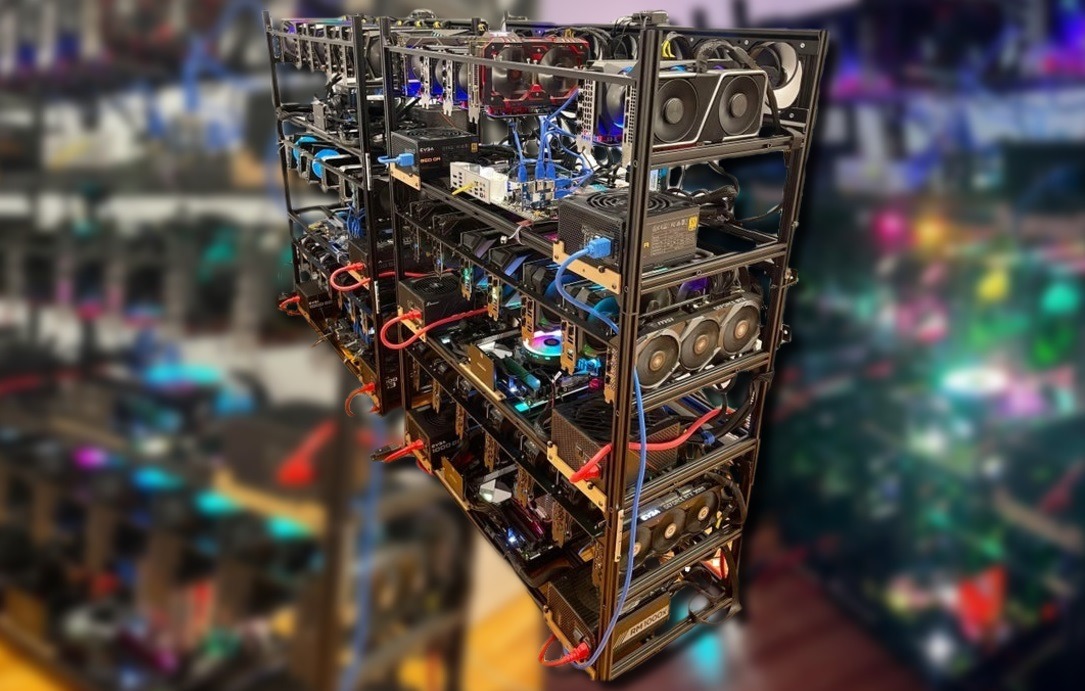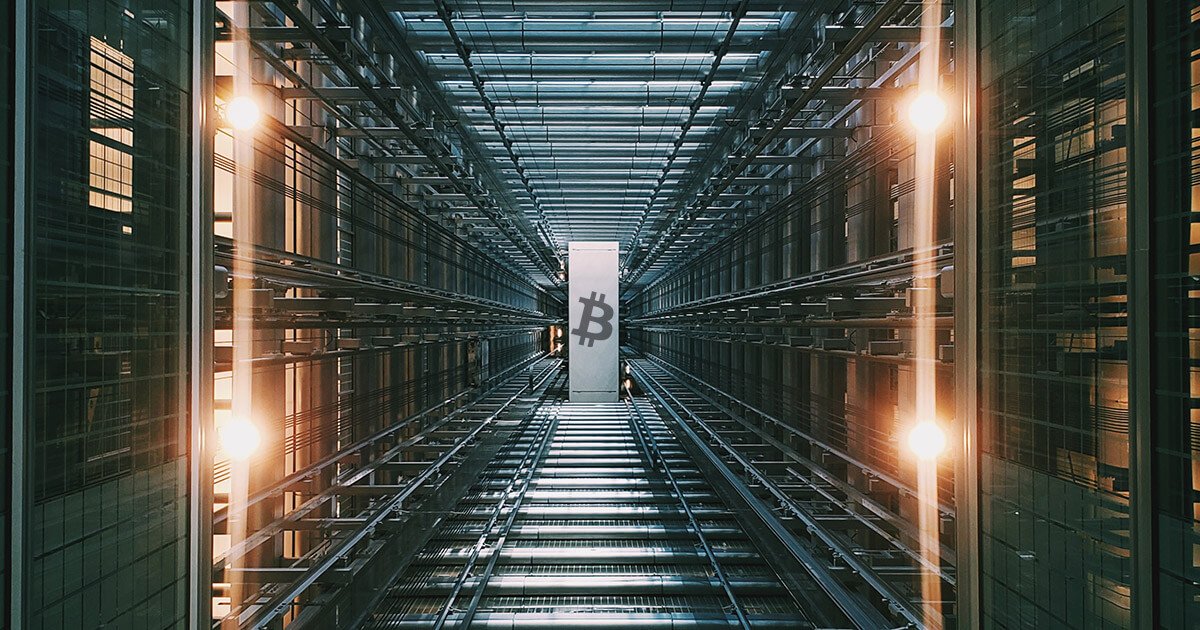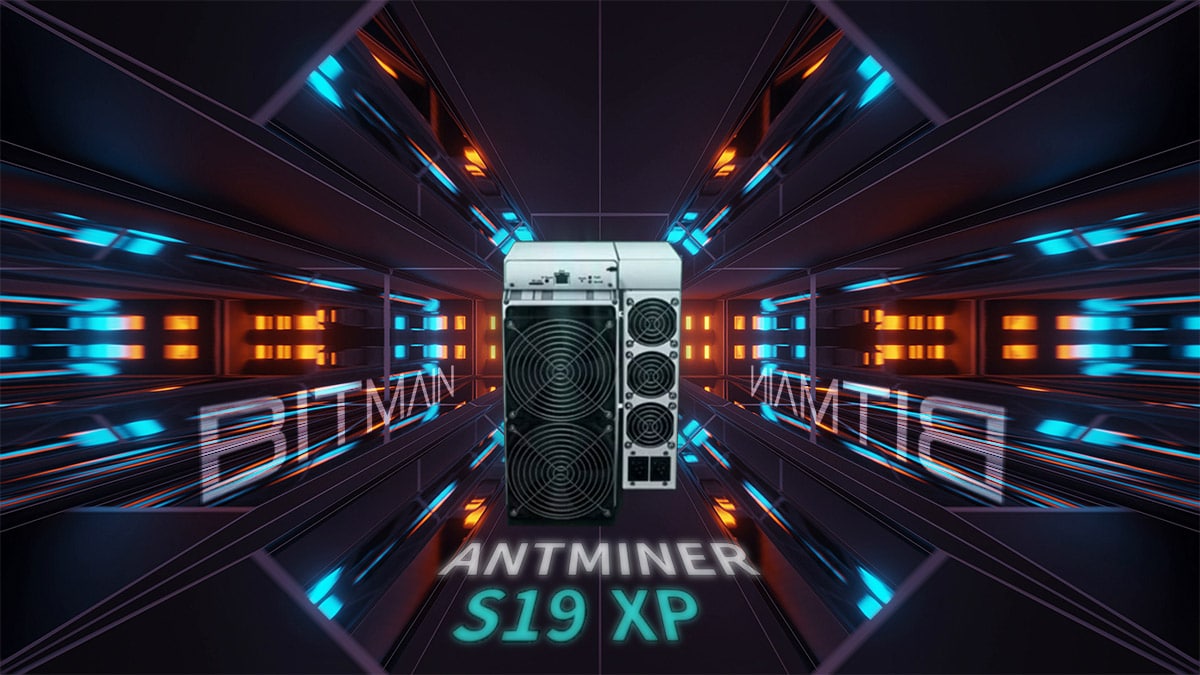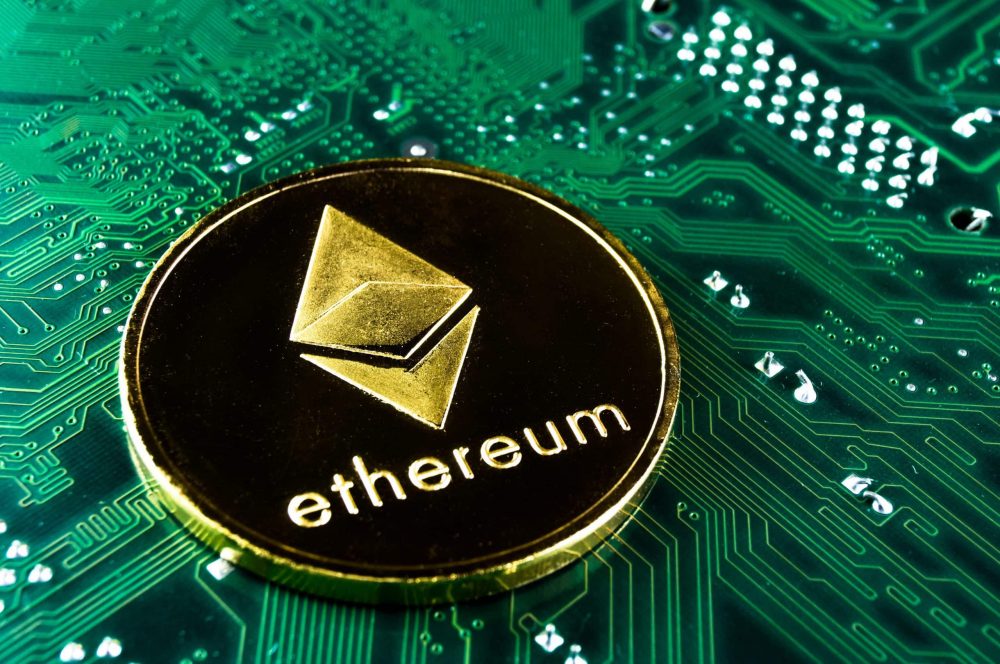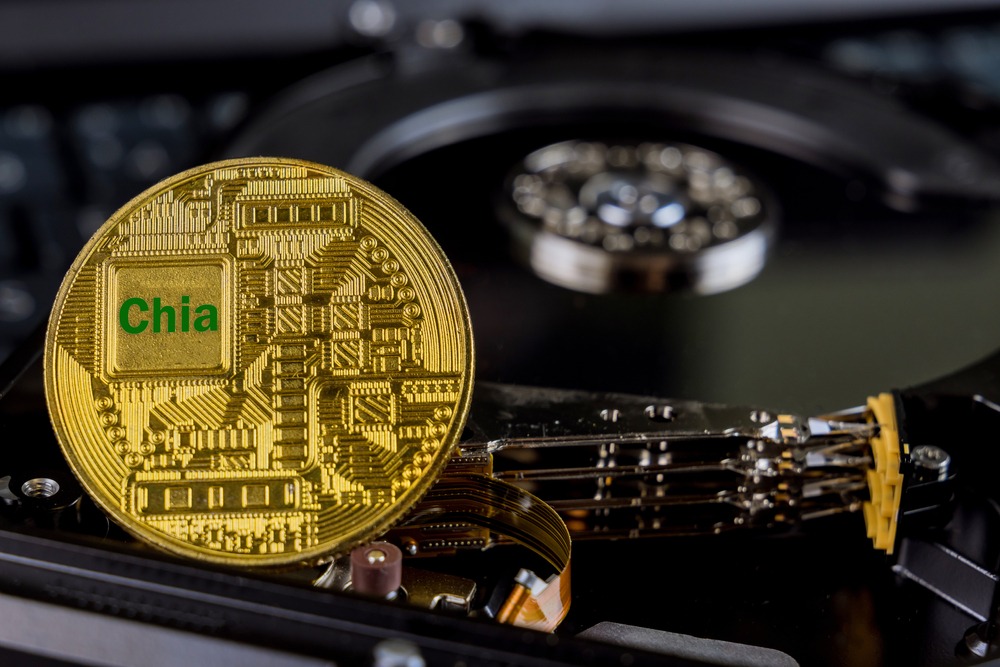Table of Contents
With the ever-growing popularity of cryptocurrencies, as well as the impending economic recession, many are looking to alternative investments as a source of passive income. While trading cryptocurrencies comes with a certain degree of risk, mining them can provide a more secure form of income. While mining cryptocurrencies, in general, have become far less profitable as the costs involved have soared, Litecoin mining can still provide a steady income stream. However, before diving right in, there are several important topics that you need to be aware of.
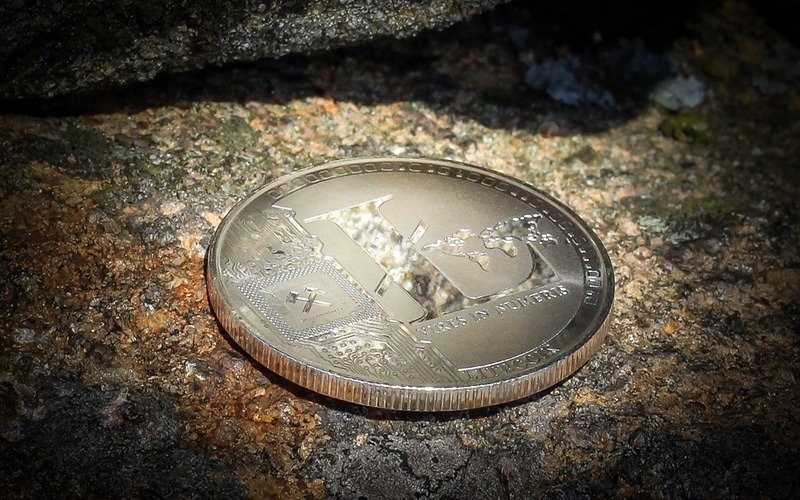
Can Litecoin be mined?
In October of 2011, Charlie Lee, then working as a software engineer at Google, announced the creation of Litecoin (LTC). It was built from the ground up to be very similar to Bitcoin, or as Charlie Lee put it, “the silver to Bitcoin’s gold,” but with several adjustments designed to help make LTC scale more efficiently.
These similarities include, among others, being a proof-of-work cryptocurrency. Basically, this means it’s possible to mine Litecoin. However, similar to Bitcoin, back in the early days of Litecoin, you were able to mine it using nothing but your home computer. Unfortunately, CPU and GPU mining won’t cut it anymore.
In the nine years since Litecoin’s creation, the cryptocurrency has proven its staying power time and again. While trading at around $4 for much of its early life, the cryptocurrency saw a tremendous spike in its price on December 19, 2017 when it went from about $60 to $365. This happened at the same time as Bitcoin’s surge to $20,000.
While Litecoin hasn’t made it back to those figures yet, LTC remains a good one to mine, partly because of the faster process. With new Bitcoin being generated every 10 minutes, Litecoin is much faster, being generated every 2.5 minutes.
Given Litecoin’s popularity, being the seventh-largest cryptocurrency at the time of writing, there are several options available to you to mine Litecoin. You can either go at it by yourself, in which case you’ll get to keep the entire block reward without worrying about having to share it with other miners. However, the large power consumption is a drawback here. Alternatively, you can join a group of other miners and work together to solve blocks
With the former, there is a greater potential for profits as you get all the rewards, but you will incur all of the costs and have to take on all the responsibility. These costs can pile up as the machinery comes with a hefty price tag, and they are heavily dependent on electricity. However, you won’t have to pay any fees once you have all the equipment, as is sometimes the case with a mining pool.
It’s also important to keep in mind that your chances of winning the reward can be unpredictable. Even though Litecoin is generated every 2.5 minutes, it’s still possible to go days or even weeks without earning any Litecoin. However, if opting to join a group, there are several other things to take into consideration.
Joining a Litecoin mining pool
Alternatively, and what people typically do instead of solo mining, is joining a mining pool. You still require your own equipment and you’ll incur all the costs but, mining pools can provide a more secure method of earning Litecoin. In a mining pool, you and the other miners share computing power which increases the chances of winning the block reward, creating a more stable income stream.
However, depending on the reward system used by mining pools, you’ll likely have to share among the other members, with the greatest share of the reward typically going to the user that provides the greatest resources.
It’s also important to keep in mind that you may need to pay a fee before you’re allowed to join a Litecoin mining pool. With pools, you have considerably less power over the operations, so a firm can shut down their mining operation if it deems the LTC price too unstable. Fortunately, you can pick any pool you like, and with hundreds available, you should find one that suits your needs.
Litecoin Mining Pool is one of the originals and most popular, operating since 2011. One of the biggest pros of joining this pool is not having to pay any fees. They can void charging fees because of a system they use called pay-per-share (PPS) which distributes the rewards according to the amount of power contributed. They also boast free and instant payouts.
Antpool is another popular Litecoin mining pool. Located in China, and run by Bitmain Technologies, the world’s largest producer of cryptocurrency mining technology, Antpool is one of the biggest pools around. Antpool also doesn’t charge any joining fees, but they do insist on keeping transaction fees for blocks that have been mined. Their payments, issued daily, are calculated by how much power you contribute. Recently, miners in the Sichuan region of China have been left reeling after the government announced it would be halting mining operations in the province.
Cloud mining
If you want to forego the costs of buying your own machinery and all the additional costs that come with that, cloud mining might be better suited to you. Companies will worry about procuring the hardware and will charge you a fee to rent a machine. It then operates remotely on your behalf, mining Litecoin. All you’ll need is a computer and you can forget about soaring power bills.
While cloud mining sounds like a no-brainer, you’ll need to do your research before deciding on which mining firm to side with. Some companies will highlight the potential for exorbitant profits but will gloss over the true nature of the costs involved.
Others will offer you lifetime contracts which can be appealing as the cost to you doesn’t increase, but can offer diminishing rewards. Some are just simply Ponzi schemes, so make sure you thoroughly research a firm before giving them your hard-earned money.
One of the most popular Litecoin cloud mining services is Hashflare. Having been around since 2014, Hashflare has built a solid reputation. However, if you decide you want to mine on your own or with a mining pool, you’re going to need to get your hands on some equipment.
What is the best Litecoin mining hardware?
Types of mining hardware
As stated, Litecoin mining used to be relatively easy and inexpensive. There were minimal upfront costs, it generated a steady income stream and it was possible to do with a high-end graphics processing unit (GPU). Theoretically, it’s still possible to mine Litecoin with a GPU, but in order to make any kind of profit, you’re going to have to overcome a few hurdles.
To get started, you’re first going to need good GPUs and they come at a price so you’ll need to find the cheapest possible place to buy them. You’re also going to need a few, five or six should do the trick. However, buying six of the best GPUs on the market won’t come cheap.
The Nvidia GeForce RTX 2080Ti, one the best GPUs on the market at the moment, retails for about $2,000 and that doesn’t include the frame, cooling systems, motherboard, and electricity costs.
Instead, it makes much more sense to opt for tailor-made mining equipment called application-specific integrated circuit (ASIC) machines. These are significantly more powerful than the components found in your home computer, making them far more efficient for Litecoin mining. Though keep in mind that these matches can only be used for Litecoin mining. There are several different brands available, but by popular opinion, the Antminer L3+ stands as the first prize among miners.
Originally released in 2017 by Bitmain, used ones can go for around $350 while a new one could set you back by about $750. A slightly cheaper Antminer alternative is the L3. This model also performs well but is much noisier. It’s important to point out that Bitmain’s reputation has come into question after it was discovered that the company was installing backdoors on its equipment. While no scams have emerged as a result, it still raises questions.
Some mining software you’ll need
If you’ve opted to go for one of the Antminers, an added benefit of this decision is how easy it is to set up. There isn’t too much you have to worry about with Litecoin mining software. When you receive the product, it comes with an installation file. You then need to choose whether you want to mine on your own or join a pool. There are some tips to help get the ball rolling.
- Firstly, head to BitMain’s website and create an account.
- Then, on your hardware controller, hold the IP Reporter button down for five seconds until you hear a beep.
- This will display your IP address which you’ll then need to enter into BitMain’s website.
- And you’re pretty much done, you just need to enter the address of the Litecoin wallet you use so it can be sent to you.
- If you opt to join a mining pool, there are a few more steps. In your BitMain account, navigate to miner configuration and click on general settings.
- Now you’ll need to enter the URL of your mining pool, your worker ID, and your password.
- That’s it, you’re ready to start mining.
However, if you’ve decided to go with GPUs, you’ll need to choose your own software before you can start mining. There are numerous options available here, but keep in mind that some software may contain malware, or be programmed to mine on behalf of the developer instead. Also, given the amount of software available, many differences in terms of their mining speeds and security measures.
With that being said, Easy Miner has built a reputation for being trustworthy. It’s well-known among the Litecoin mining community, open-source and completely free. Additionally, the software also provides you with useful information like real-time statistics, hash rates, shares, and similar types of information. It also comes with its own in-built Litecoin wallet and has comprehensive online support, making the software quite easy to use.
MultiMiner is less well-known but offers unique features like allowing you to switch devices while still managing your mining equipment. For example, if you wanted to switch from GPU to CPU mining, MultiMiner would carry across all the personalization you’ve done onto the new network. However, it isn’t quite as optimized as some other software, but it’s apparent that its developers have put a lot of work into it.
There are several other solid mining software options available, including GUIMiner Scrypt, CPUminer, CGminer Litecoin, and Awesome Miner.
Is Litecoin worth mining?
Much like Bitcoin, mining Litecoin becomes increasingly more difficult thanks to a process known as halving, which like Bitcoin, occurs every four years. In short, halving reduces the amount of Litecoin (or Bitcoin) awarded to miners by half. This increases the cryptocurrency’s scarcity which increases prices while halving its inflation rate and ensuring its purchasing power. Litecoin’s last halving occurred on August 5, 2019, when the rewards dropped from 25 Litecoin per block to 12.5. The next halving is expected to take place on August 6, 2023 where the rewards will drop again to 6.25.
So, to determine whether or not Litecoin mining is profitable depends on a number of factors. There are the upfront costs involved which can quickly get expensive, as well as the additions to your electricity bill as a result of the miners’ power requirements, fees for any pools you join, and the varying price of Litecoin. There are a number of mining profitability calculators that can help you determine which route you should take. CoinWarz is an example.
However, if Litecoin mining was completely unprofitable, large-scale enterprises wouldn’t have invested in developing pools for miners and large industrial-sized mining operations. Thus, websites like CryptoCompare can provide you with some useful information in determining profitability and can help you decide whether it really is worth your time to mine Litecoin.
As per the information provided by CryptoCompare, miners can expect to make get about $5.16 in profit per day, assuming power costs $2.88 a day. This rises to $36.13 a week, $154.82 a month, and $1,883.67 a year in passive income. Although this does come with an extra $1,051.20 added to your electricity bill.
How long does it take to mine 1 Litecoin?
It’s difficult to provide an accurate figure given the various factors that contribute to mining speed and will vary depending on your equipment, the amount of time you spend running the machine, and the current difficulty factor. If you are mining on a traditional home-based computer CPU, it will take an extraordinarily long time to mine 1 LTC.
GPU mining isn’t a whole lot better thanks to the competition. However, if you’re using a high-end ASIC mining hardware, it’s possible for you to earn your first LTC within a few hours, provided you have a high enough hash rate. However, if you’re part of a pool, you’ll get rewards far more frequently.
While Litecoin mining might not be as profitable as it once was, it can still be worth the time and effort provided you account for several different factors such as hardware and software, the various methods to mine Litecoin as well as how long it will take. Hopefully, this guide will have provided you with much of the information required to get you started on the path towards LTC mining. No matter which method you opt for, we wish you the best of luck in solving those blocks!
You may also like: How to set mining rig step by step 2020




